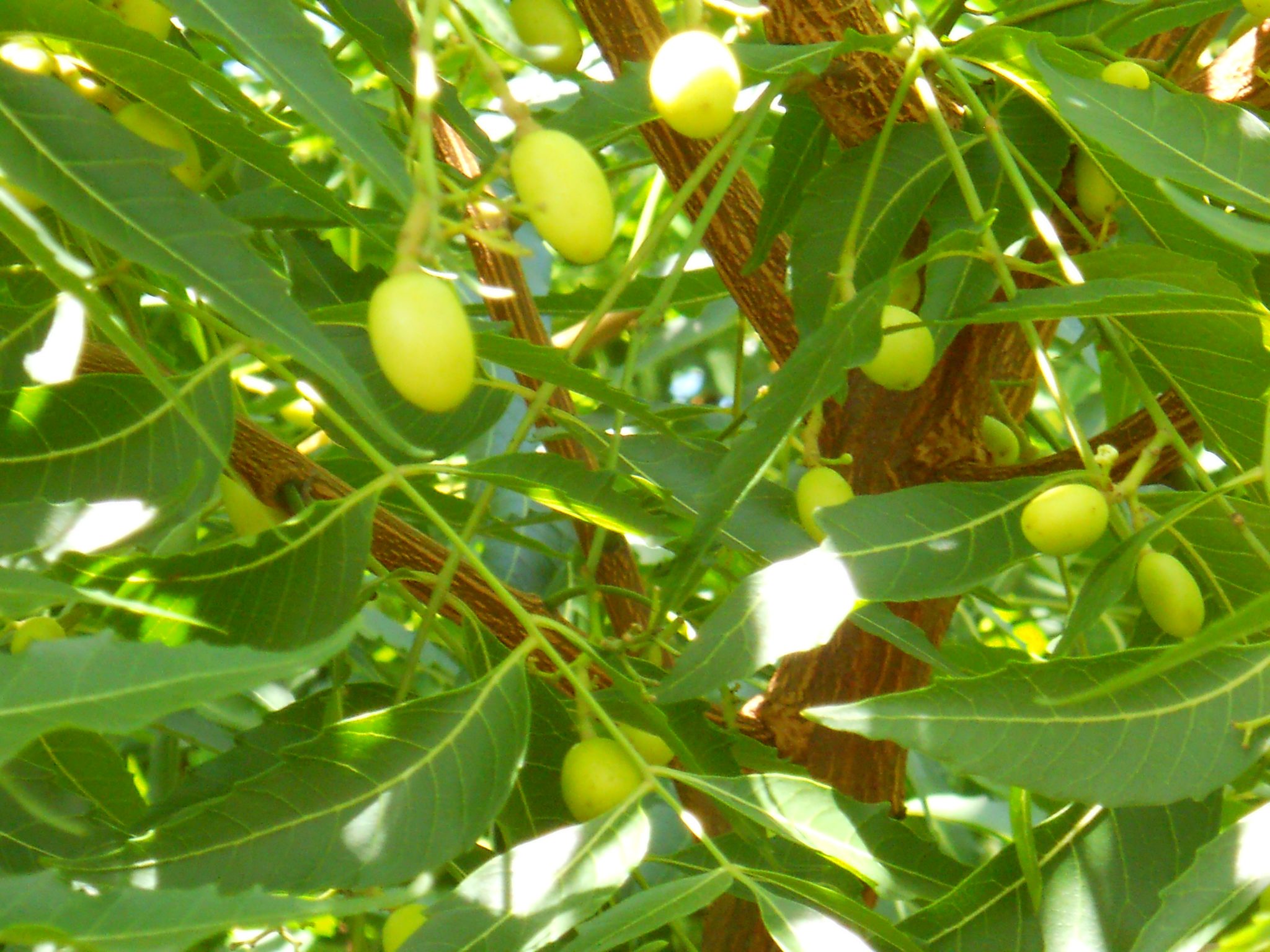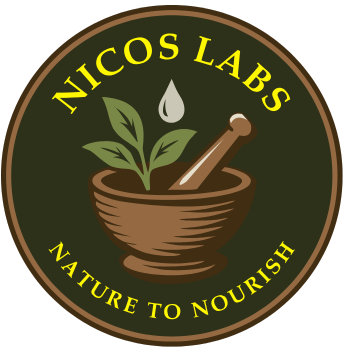| Azadirachta Indica |
Neem – one of the most powerful and sacred medicinal trees in Ayurveda.
🌿 Azadirachta indica (Neem)

Common Names: Neem, Indian Lilac
Sanskrit Name: Nimba
Hindi Name: Neem
Botanical Name: Azadirachta indica
Family: Meliaceae
Type: Evergreen tree
🌳 Tree Description
- Height: 15–20 meters
- Leaves: Compound, serrated, and bright green
- Flowers: Small, white, fragrant
- Fruits: Olive-shaped green/yellow drupes (Neem seeds)
🔬 Key Active Compounds
- Azadirachtin – potent insect repellent & antifungal
- Nimbin, Nimbidin, Nimbidol
- Quercetin
- Triterpenoids
- Tannins
These compounds give Neem its antibacterial, antiviral, antifungal, anti-inflammatory, and immune-boosting properties.
💊 Medicinal Uses of Neem
| Body System | Benefits |
|---|---|
| Skin | Treats acne, eczema, psoriasis, wounds, fungal infections |
| Oral Health | Prevents gum disease, tooth decay; neem twigs used as datun |
| Digestive | Anti-parasitic, supports detox and liver function |
| Immunity | Boosts immune response and resistance to infections |
| Blood | Known as a natural blood purifier |
| Diabetes | Helps lower blood sugar levels |
| Hair & Scalp | Treats dandruff, lice, and strengthens hair follicles |
🌼 Ayurvedic Profile
| Property | Description |
|---|---|
| Rasa (Taste) | Bitter, Astringent |
| Virya (Potency) | Cooling |
| Vipaka (Post-digestive effect) | Pungent |
| Dosha Effect | Pacifies Pitta and Kapha, increases Vata in excess |
🧪 How Neem Is Used
- Neem oil – skin, scalp, insect repellent
- Neem leaf powder/capsules – internal cleansing and immunity
- Neem bark decoction – oral health, ulcers
- Neem paste – skin conditions
- Neem soap/shampoo – daily use for skin and hair care
⚠️ Cautions
- Neem is very bitter and drying, can increase Vata if overused
- Not recommended in large amounts during pregnancy
- High doses can cause fatigue or loose motions
